
Written by digiDirect
When you do the job correctly, wildlife photography generates astounding results. If you picture your ideal wildlife photograph now, what do you imagine? The chances are, your subject is in their natural habitat, captured in a moment of their usual day-to-day activities.
One of the biggest challenges when taking photos of animals is to capture them in their natural habitat. At digiDirect, we're here to provide our best tips for succeeding in this arena. From finding the right equipment to adopting a stealthy approach, we'll cover all your bases.
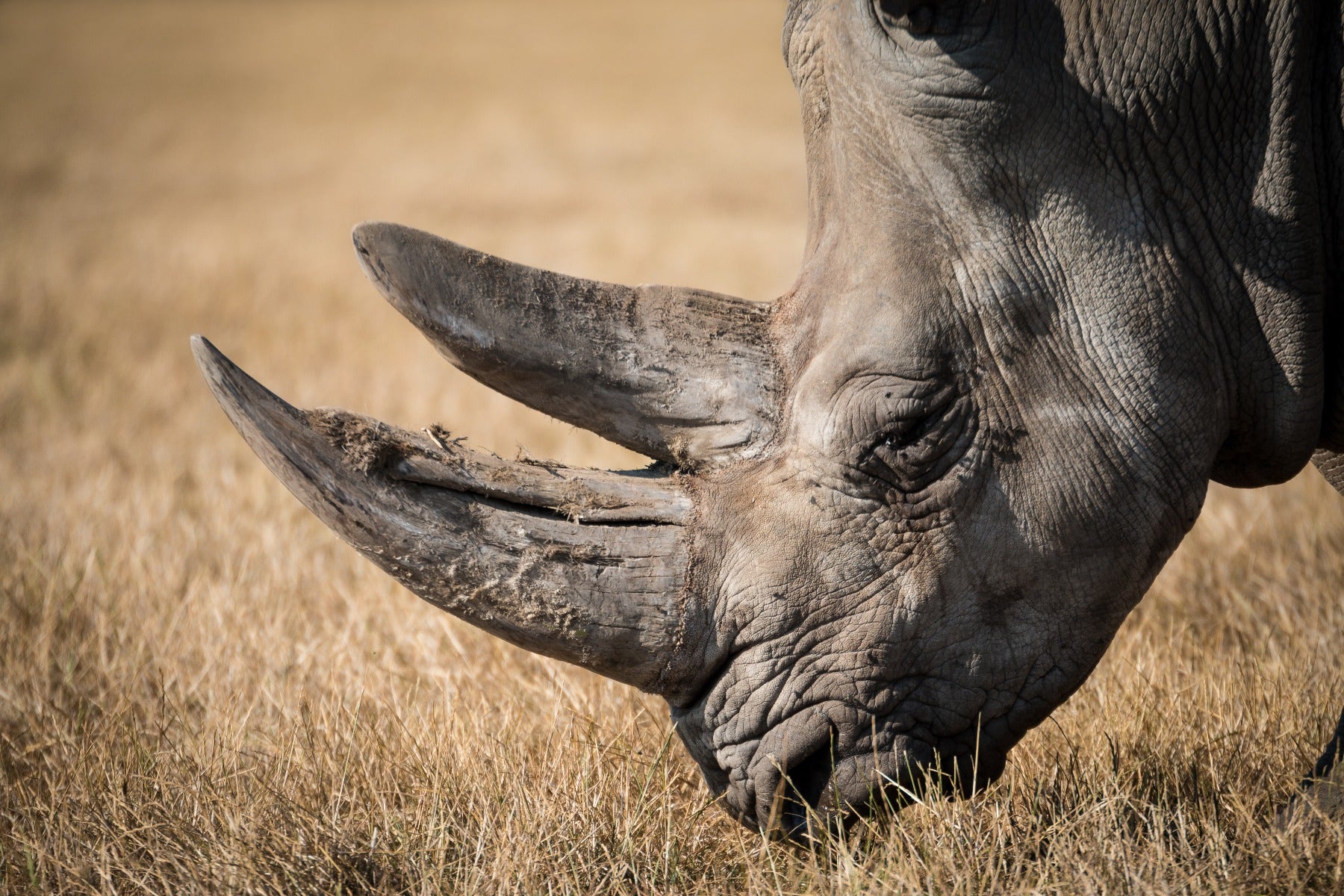
Photographing wildlife in their natural habitat can be very rewarding
Finding the right gear for taking photos of animals
Although your skill plays a big role in wildlife photography, you do need the right gear to back it up. Having the right kit stops you feeling overwhelmed and it increases your chances of success.
A camera with high ISO performance
Capturing animals in their natural environment means that you may not always have the flexibility to have the best lighting conditions. For this reason you'll appreciate a camera that can deal with higher ISO settings so it is more flexible in darker conditions. In addition, if the wildlife is fast moving you'll need to shoot with a faster shutter speed. This reduces exposure, so to compensate you may need to rely on your ISO performance to make up the difference.
Generally speaking, the larger the sensor the better the ISO performance. This is one reason why you'll often see professional wildlife photographers shooting with full frame cameras.
Telephoto lens
In an ideal world, we'd all be able to get up close and personal with animals without disrupting our chances of a natural shot. However, that isn't always possible, which is why telephoto lenses are necessary.
Aiming for a flexible telephoto lens that's at least 200mm increases your chances of grabbing a natural shot without the animal knowing you're there. There are a lot of excellent options out there for each camera system. Read our Telephoto Lens Buyer's Guide for more info.
Wide angle lens
While telephoto lenses are almost a requirement, having access to a wide angle lens can be very important as well. You'll use this primarily to take photos that put the animal in the context of their environment. This can be a little tricky because you'll need to be pretty close in order to pull this off, but when accomplished this can be a very effective style of wildlife shot that breaks from the norm.

When photographing an animal that is not as skittish about you getting close, a wide angle lens can set be used to set them in the context of their environment
Tripod or monopod
A tripod or monopod are very important pieces of gear for the wildlife shooter. Wildlife photography can require a lot of patience and waiting for the right shot, while also generally requiring heavier telephoto lenses. This combination of weight and time can really put a wear on your arms, negatively impacting your photos and opening up the potential for injury. A tripod or monopod greatly reduces this by holding the bulk of the weight of your gear. Monopods are a little more flexible for an active shooter, while a tripod may be the better choice for the photographer who is shooting primarily from a fixed location.
It can be tricky to find a tripod or monopod that suits your needs - read our Tripod Buyer's Guide for our tips on the best options in the market.
Safety essentials
Beyond just camera gear you'll want to make sure you bring any safety gear required. Wildlife photography may require you to go out into the bush for hours at a time, and you need to plan appropriately. The type of safety essentials you'll need will vary according to where you're going. Focus on items such as water for dehydration, warming blankets in-case you get stuck, and a phone with plenty of battery life. Also make sure to always tell someone where you are going.
How to follow animals discreetly without startling them
Once you have all your gear to hand, you need to learn the fine art of stalking animals without startling them. You'll make mistakes when you first begin, but as time goes on, you'll refine your technique and become more familiar with the environments where you're working.
Many animals, particularly smaller ones, are startled by humans so you'll need to make efforts to approach them discretely
Start out low
Your presence alone is enough to startle an animal. As such, you need to get low onto the ground. If you can manage it, go army commando style and get comfortable with shuffling along on your belly in a bid to get up close and personal with animals. When an animal doesn't see you towering over them, they're less likely to flee. You're likely to get dirty in the process, so wear clothes you're okay with messing up. You should also check the weather before you head out for a shoot, as you may need waterproof gear.
Maintain slow movements
Depending on the type of animal you're stalking, they may have razor sharp peripheral vision. When animals see movements that are unusual compared to their own, they tend to run for the hills. Because of this, moving in a slow and non-threatening manner is the best way to gain their trust and be accepted as a dull part of the landscape.
Don't make your pursuit obvious
If you do need to make movements, maintain a slow speed and try to vary between going left and right. Don't use a human-like straightforward trajectory. Taking this approach is a time-consuming process, but it pays dividends when you see the results in your photos.
Learn about your subject's behaviour
Learning about your subject's behaviour is a handy way to predict what they'll do next. When you're aware of when they're likely to be docile enough for a shot, capturing them almost feels effortless. There are two ways for you to achieve this. First, you can try looking for online resources. Second, you can spend time observing them as a photographer and reflect on what you learned after. Using a combination of the two techniques allows you to tailor your own behaviour to avoid startling them.
Always keep yourself safe
Although you're probably itching to get a natural wildlife shot, you shouldn't place yourself in danger. Never make any assumptions about the environment you're heading into. Take some time to research the nearby weather conditions, especially in areas that are prone to flooding. Additionally, if the animal you're shooting is in any way threatening, know your limits when trying to get a photo. You can always avoid placing yourself in threatening situations by using a decent telephoto lens that gives the illusion of being closer than you are.
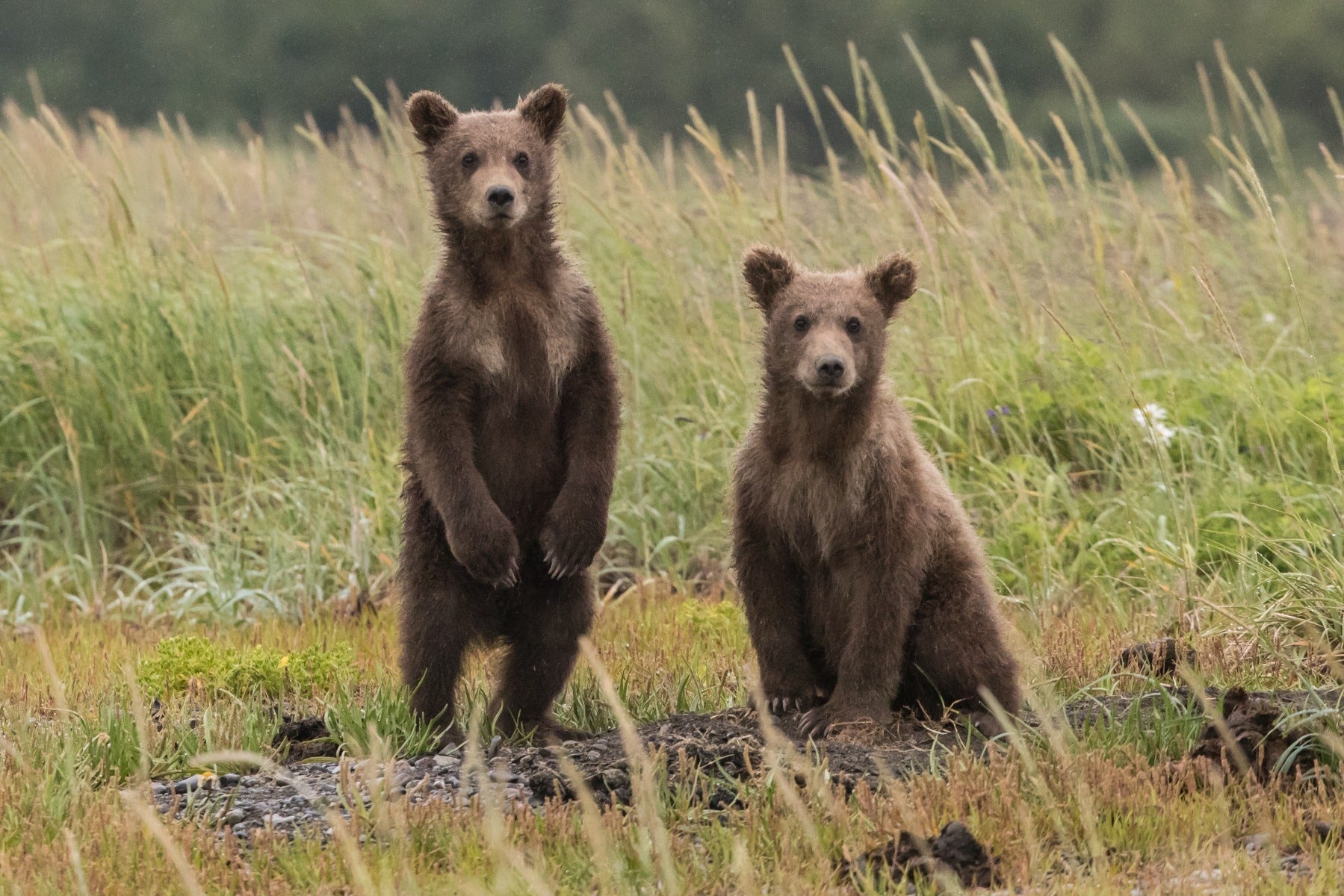
You need to take your personal safety very seriously if photographing dangerous wildlife
Know where you can and can't take wildlife photos in Australia
Photography should always feel enjoyable, which is why we want to make you aware of the legalities surrounding wildlife photos in Australia. Although you won't encounter the long arm of the law by snapping a kangaroo without its permission, you do need to adhere to the laws regarding certain areas.
For example, if you want to take photos in Alice Springs, make sure you're not venturing too close to Pine Gap. Although it's not protected because of its wildlife, it is a military facility, where photos are usually prohibited. Other examples of places to exercise caution include:
- Heart Reef, which is a part of the Whitsunday Islands you can't visit.
- You can't take vehicles into Ellice Price Conservation Park, even though it's quite far from accessible roads.
- Albatross Island is largely restricted from public access, although you may be able to arrange visiting it with prior agreement.
Additionally, while you likely won't cop a fine for taking a photo of them, many Indigenous groups request that people not photograph their sacred sites, such as Uluru. Respect their wishes.
Although it's difficult to list all the places where you shouldn't venture to, it isn't hard to do your research. Once you're aware that the animal you want to photograph is in a certain region, research where you can and cannot go. Look into potential restrictions in terms of vehicle use, and always remember to identify whether you're heading onto private land, as you may breach trespassing laws if you do.
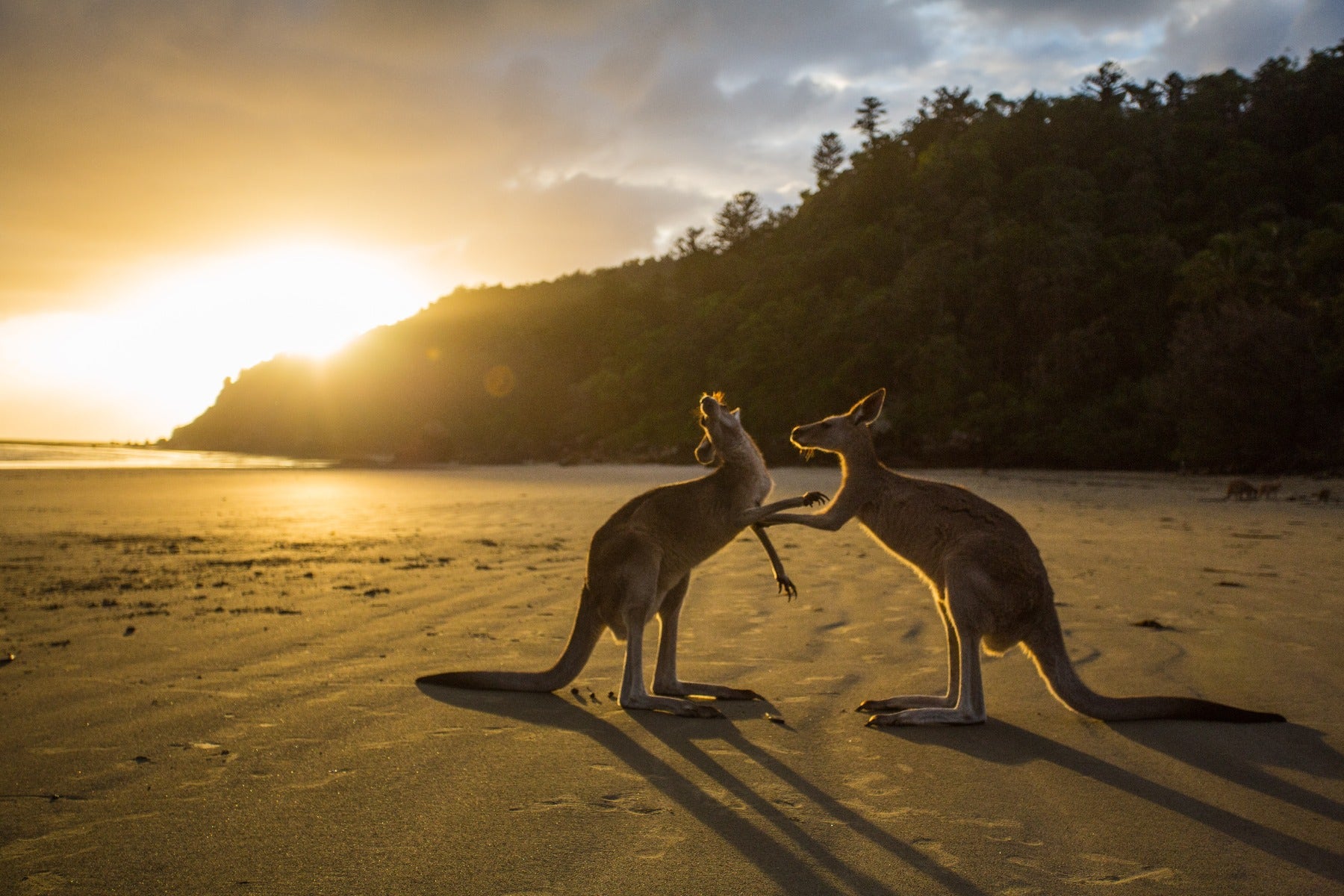
Make sure there aren't any restrictions where you are going to shoot and don't trespass!
The best times of day and year to shoot outdoor photography
Once you're certain you can head to the spot you've set your sights on, you need to plan for success. If the area you're visiting is particularly popular amongst tourists you'll need to consider whether peak tourism season is the right time to visit. Waiting until the weather cools down may result in fewer people. When there are fewer people around, you're less likely to encounter frustration because someone else disturbed your subject.
As for time of day, the golden hours for all types of outdoor photography give you your strongest chances of success. This means heading to your shoot location for the one to two hour period that precedes sunset, or for the two hours after sunrise. During these times, the sun isn't so harsh that it'll hamper your efforts. Instead, it remains soft enough to bathe your subject in light, making it easier for you to catch a natural shot.
The two hours before sunset are especially advantageous for photographing birds and some animals, as this is when they're at their most docile. If you have a particular animal in mind, research what their day is like to try and identify when their most docile period is.
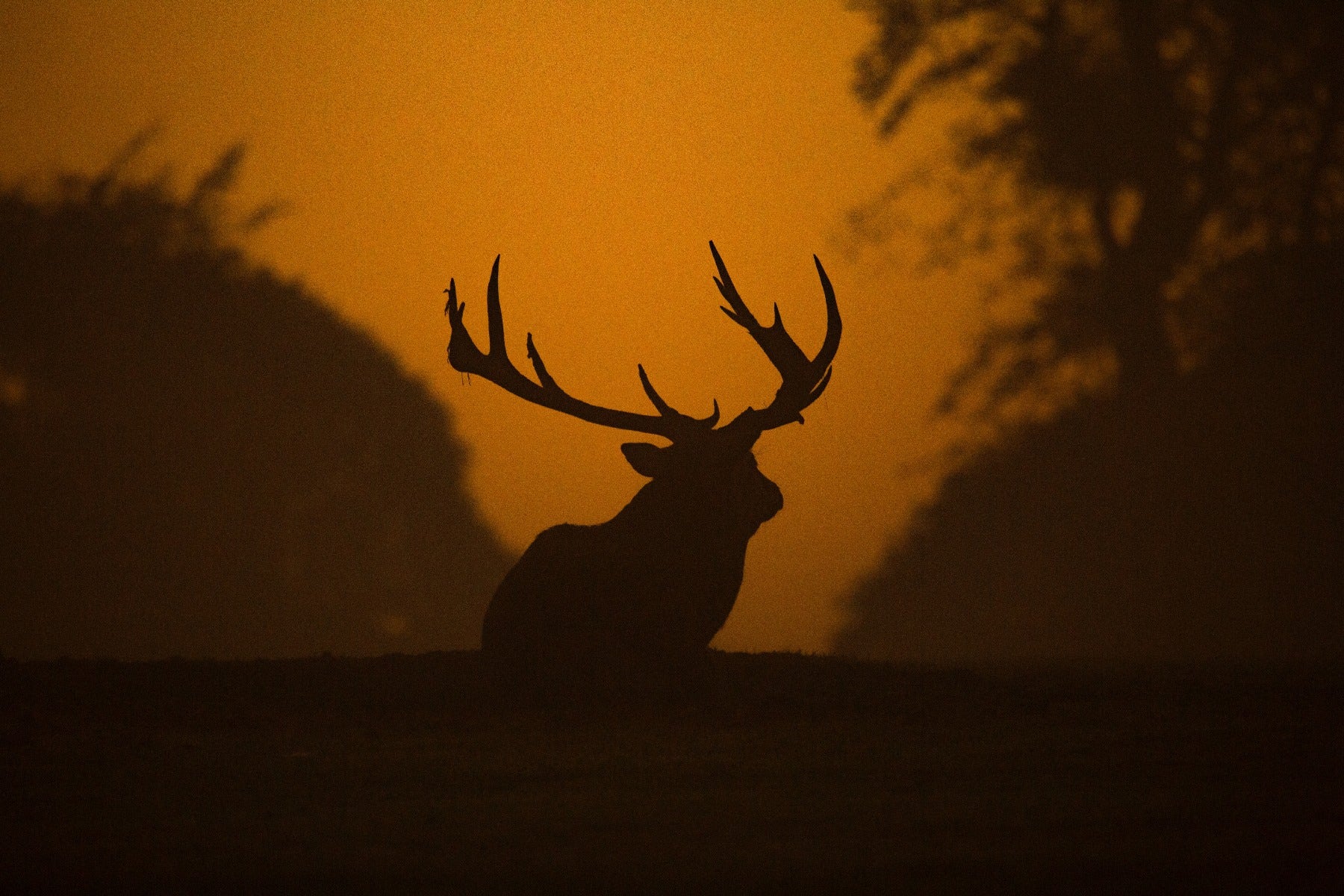
Shooting at the right time of day can result in dramatic lighting
Finally, we recommend giving yourself as much time as you can to capture your shot. Feeling rushed generates a sense of urgency, which is where most mistakes arise from. When you have a long window to work with, you're more likely to capture the object of your attention.
At digiDirect, we have all the supplies you need for the perfect wildlife photography experience. From cameras to suit all budgets to accessories that'll perfect your efforts, you'll find it all here. To learn more, contact us.











































































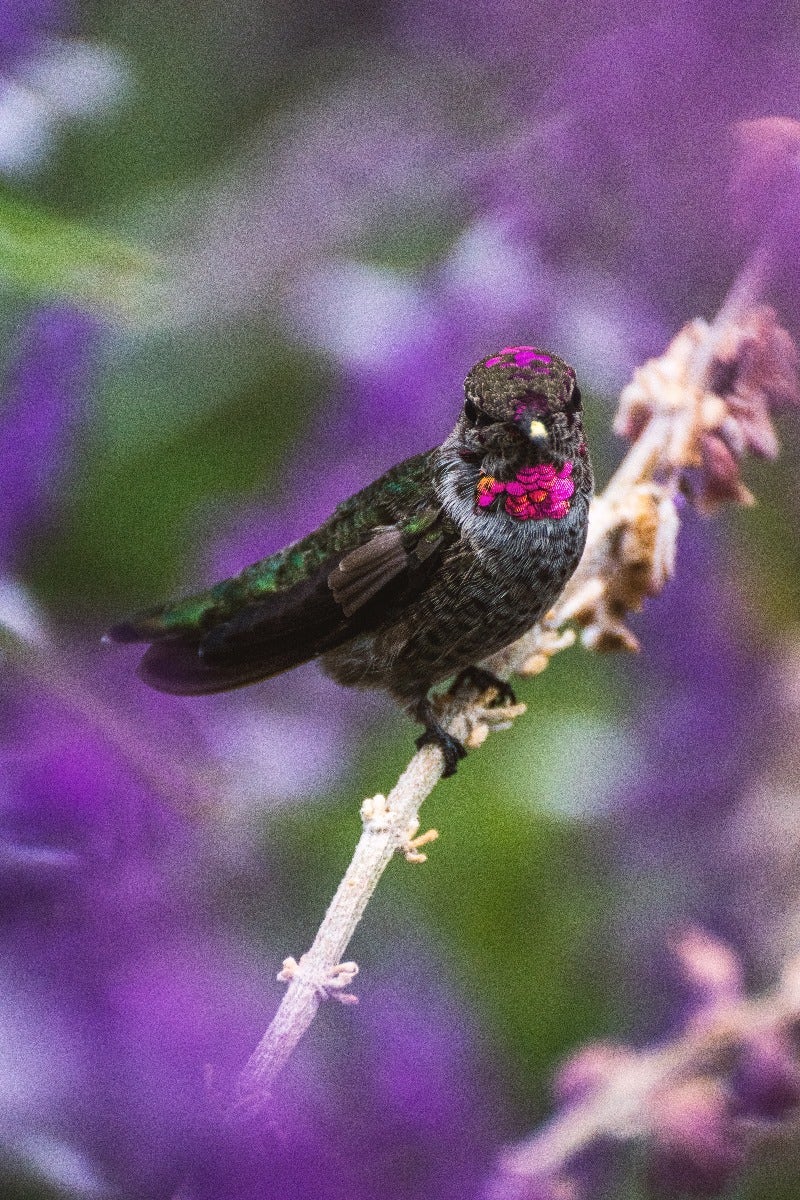
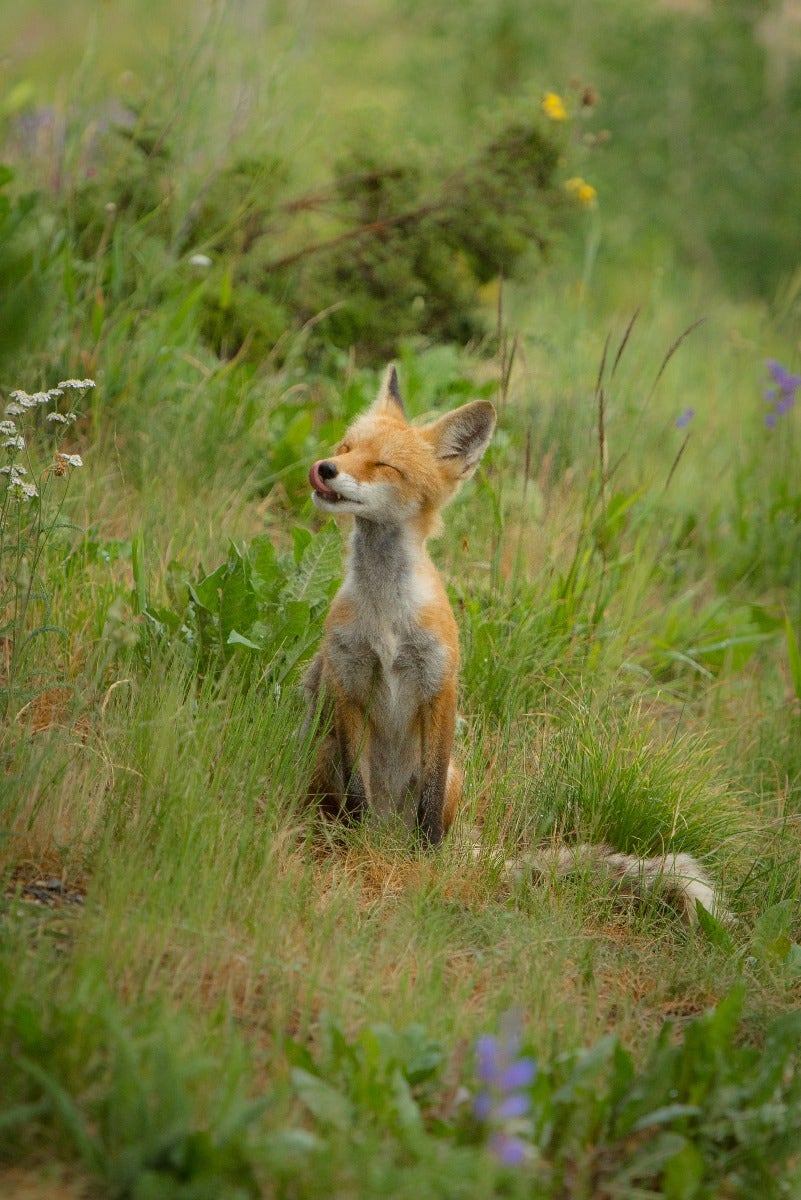



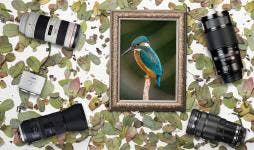
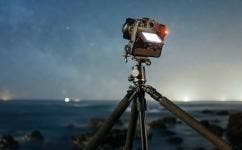

Comments
No Comments yet. Be the first to comment.